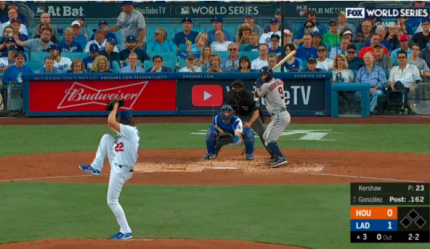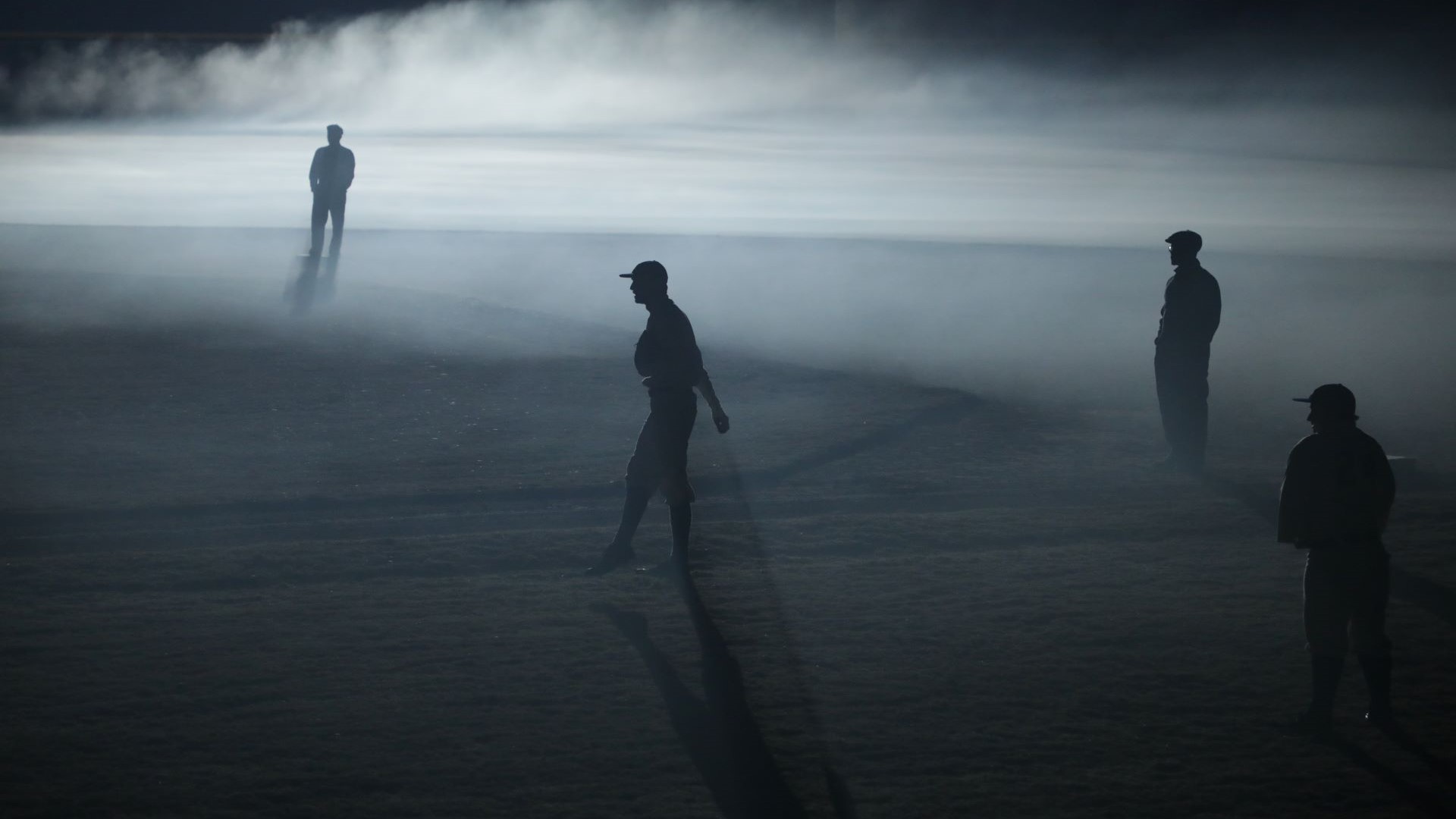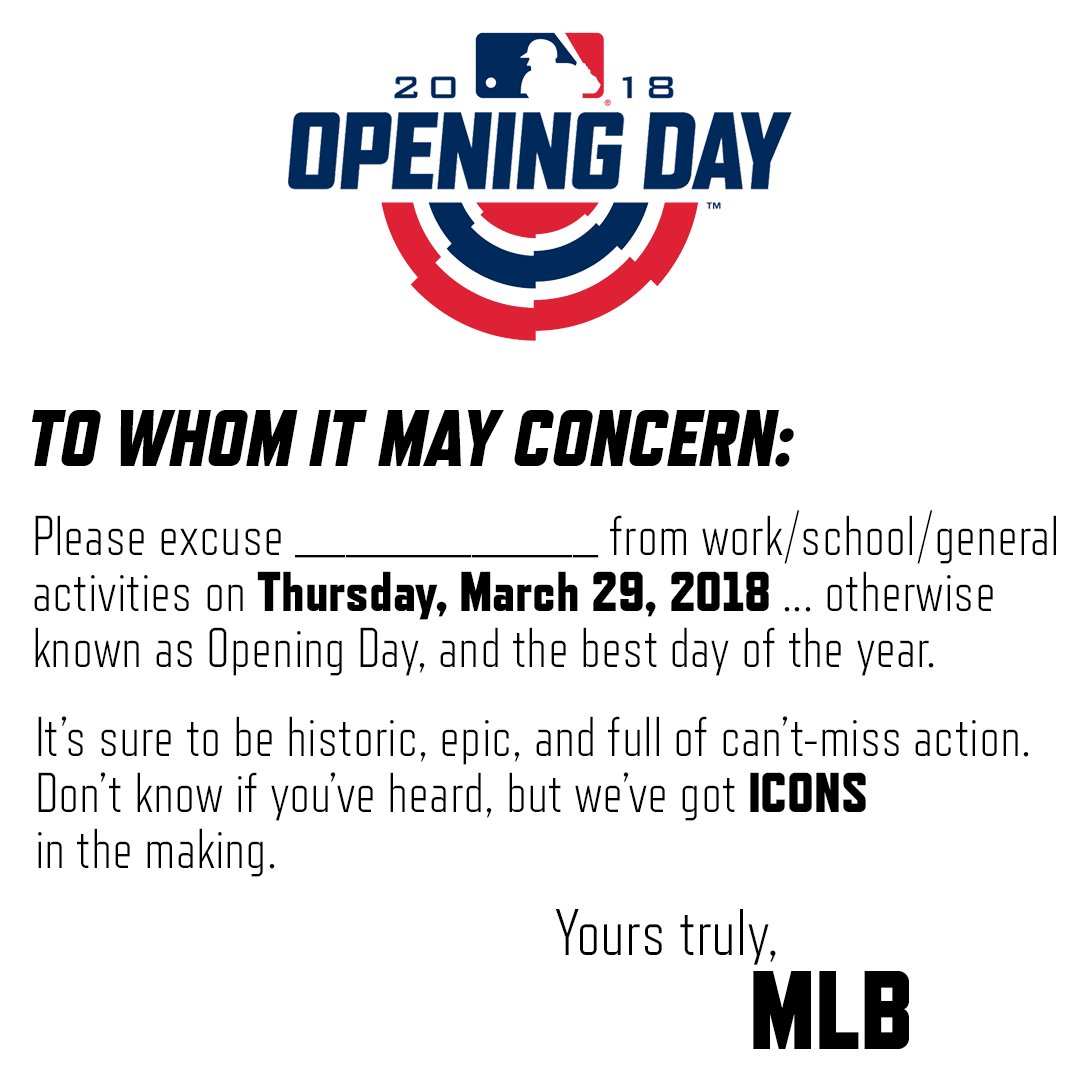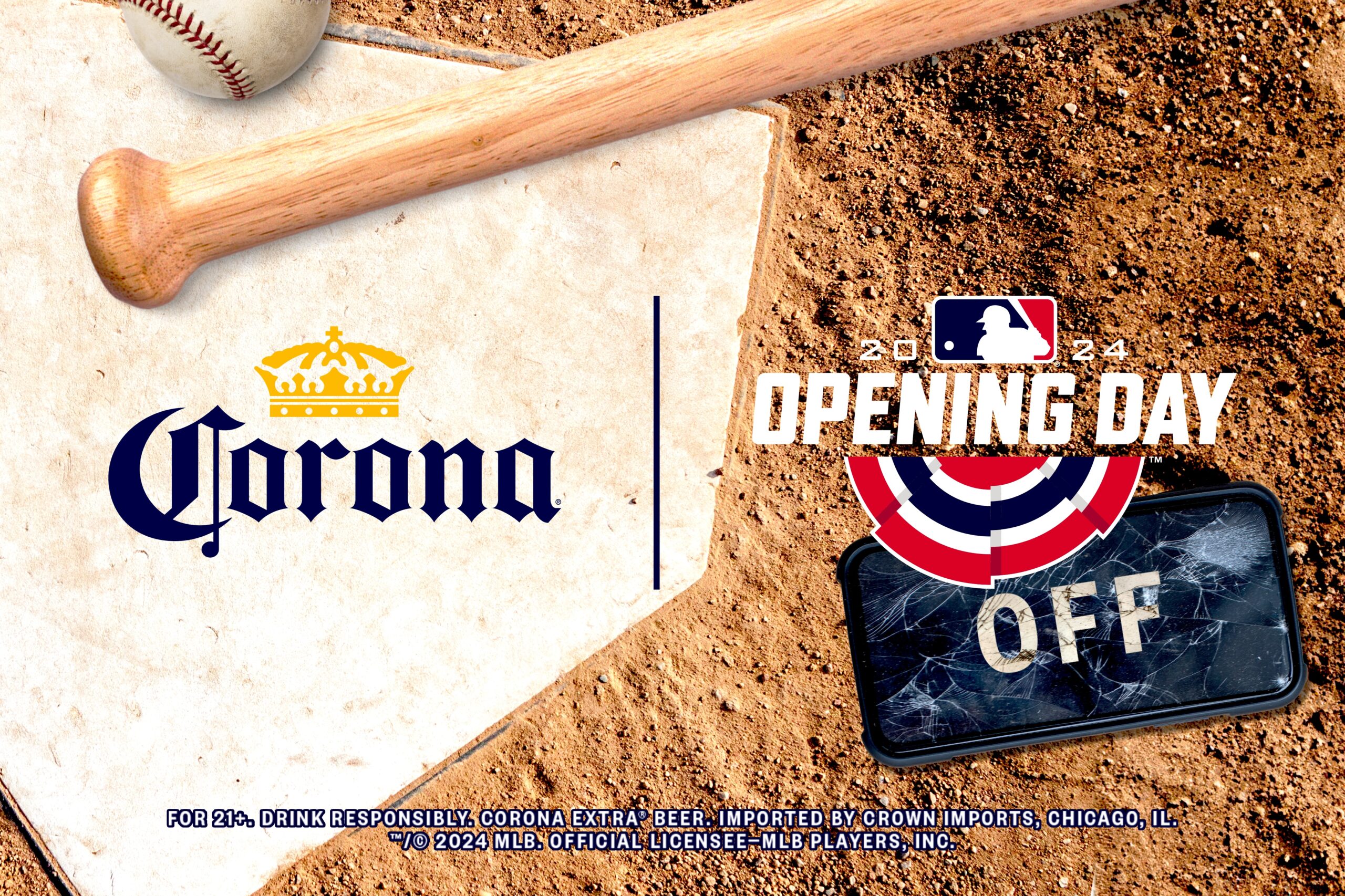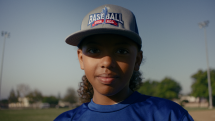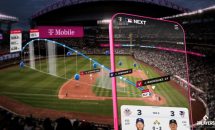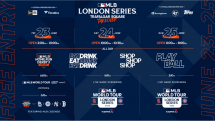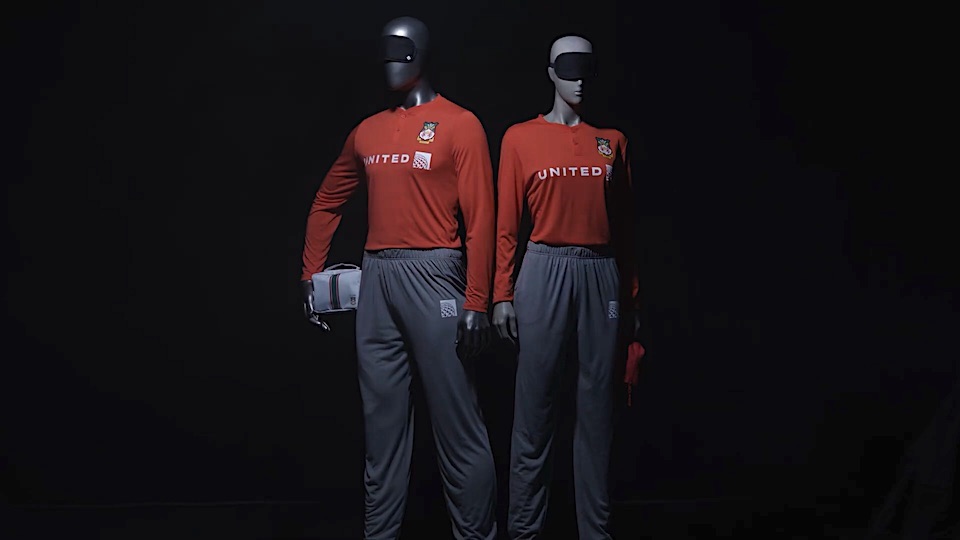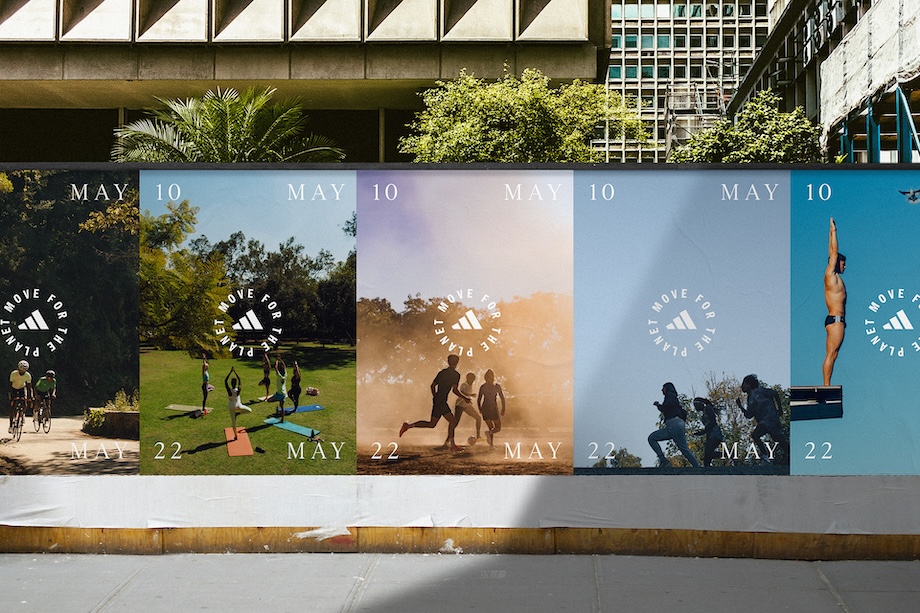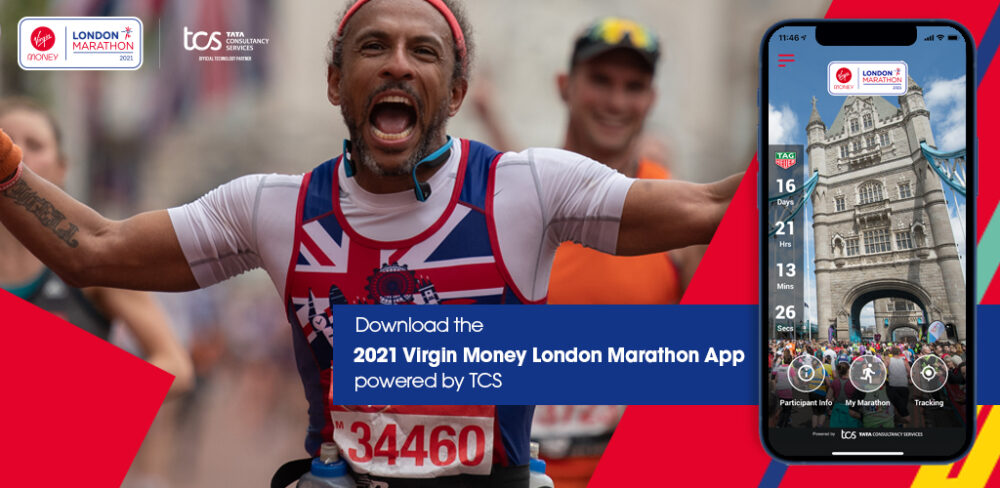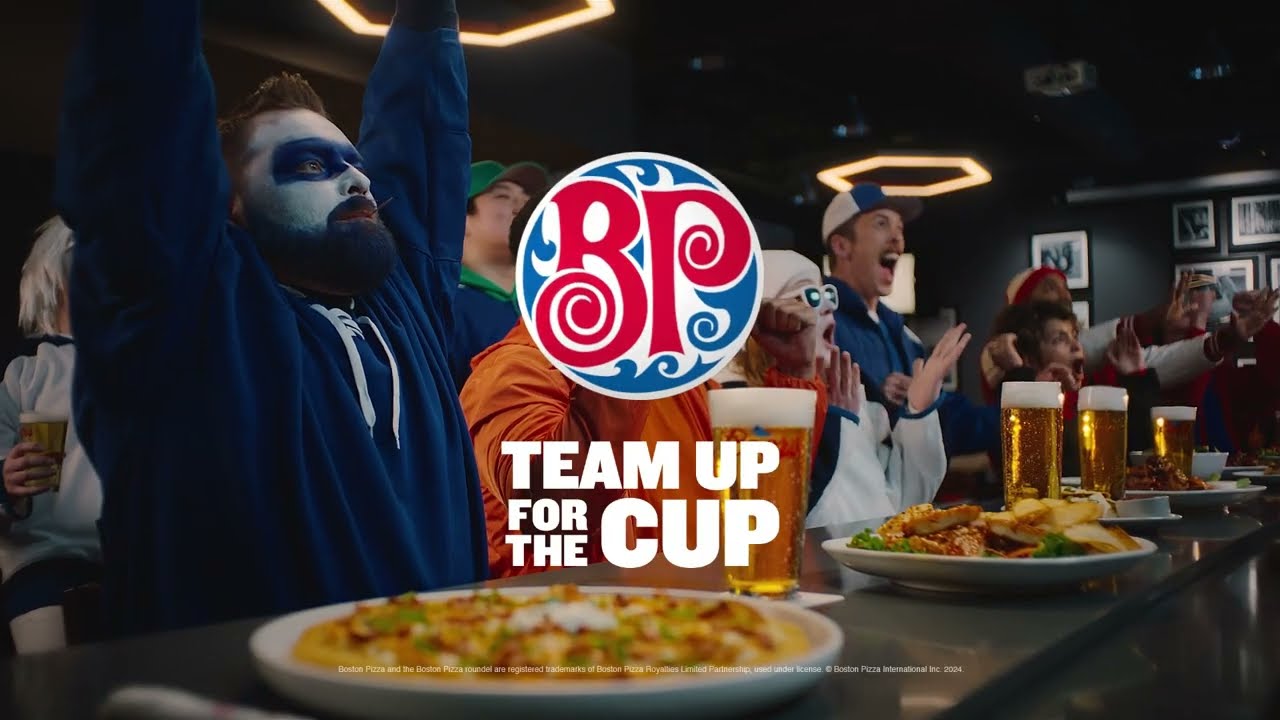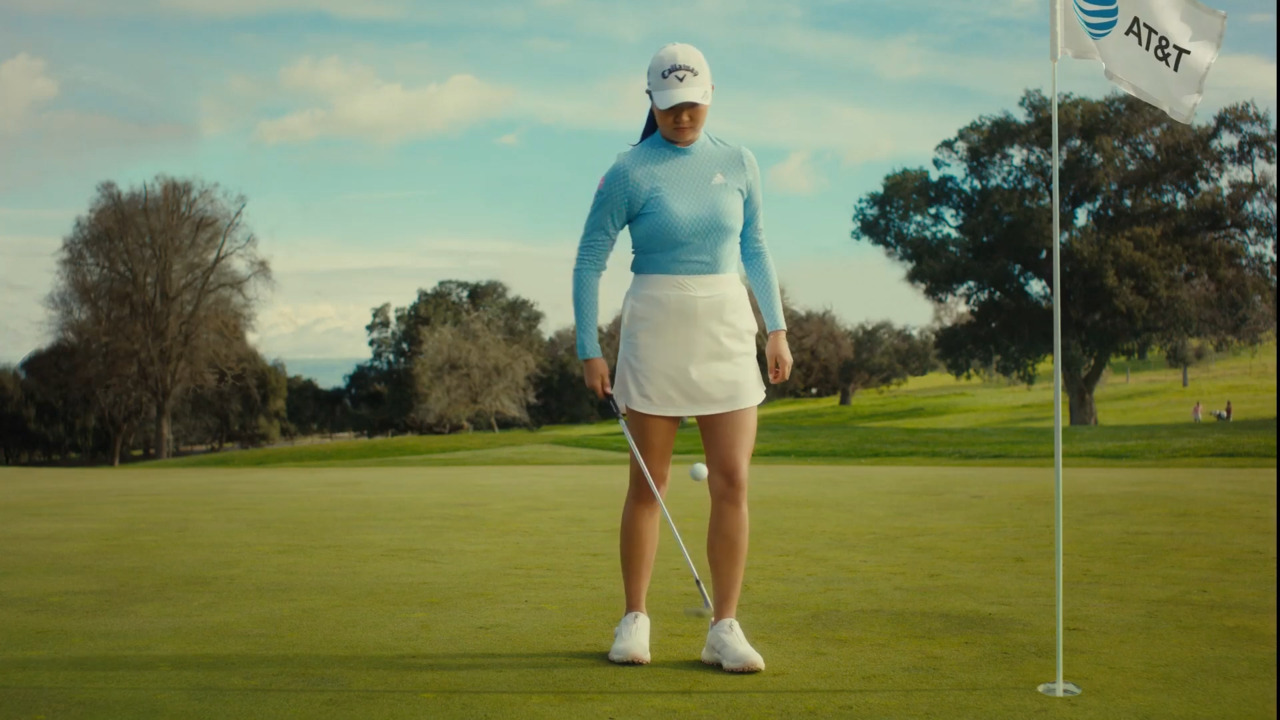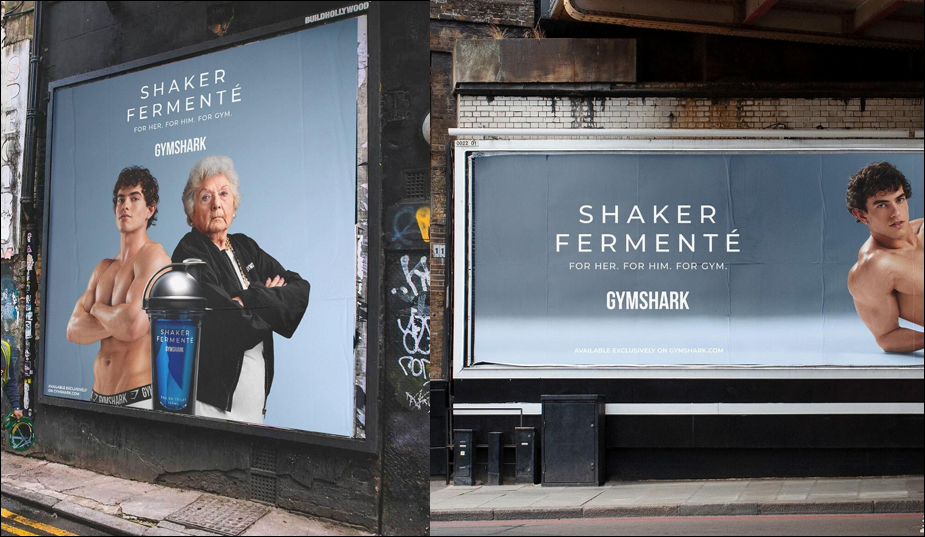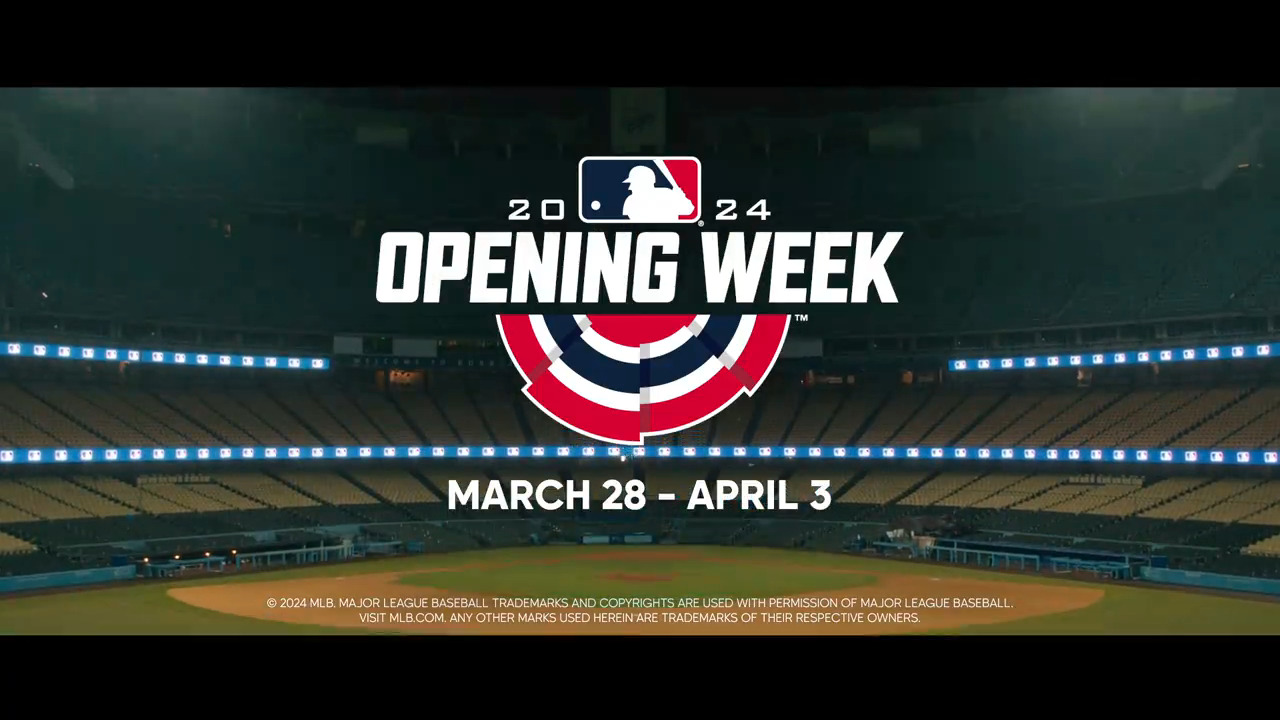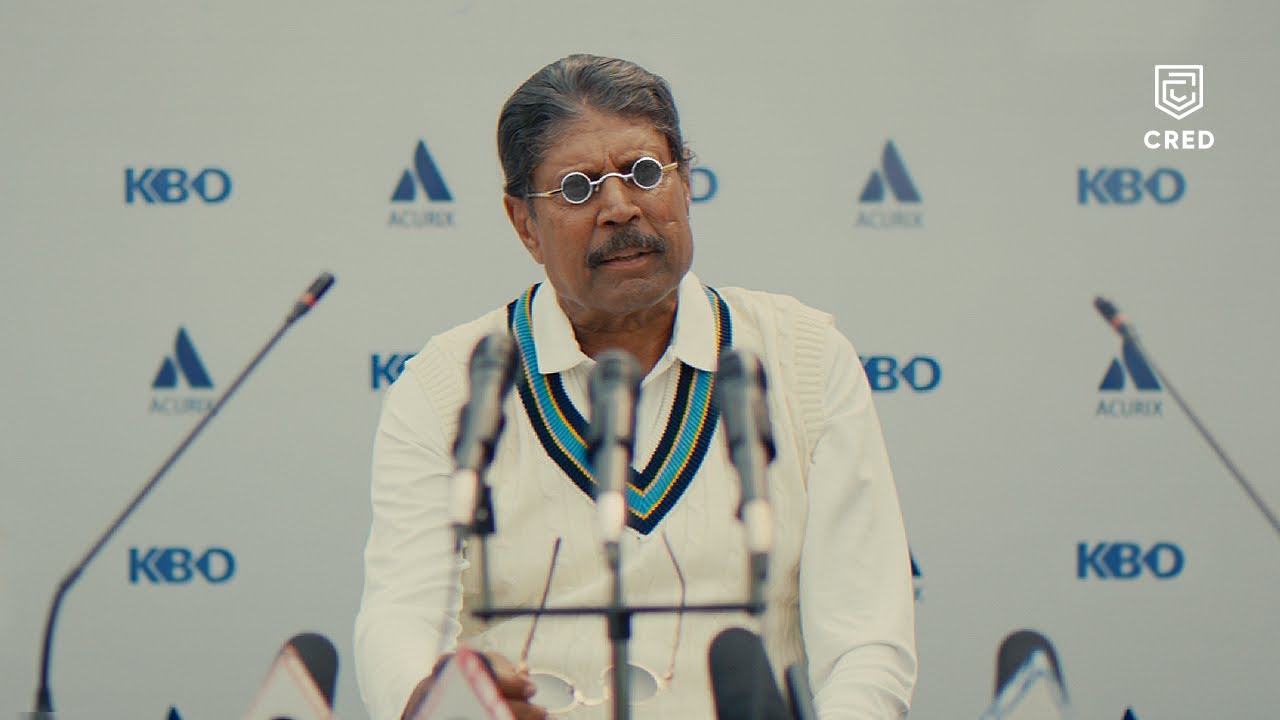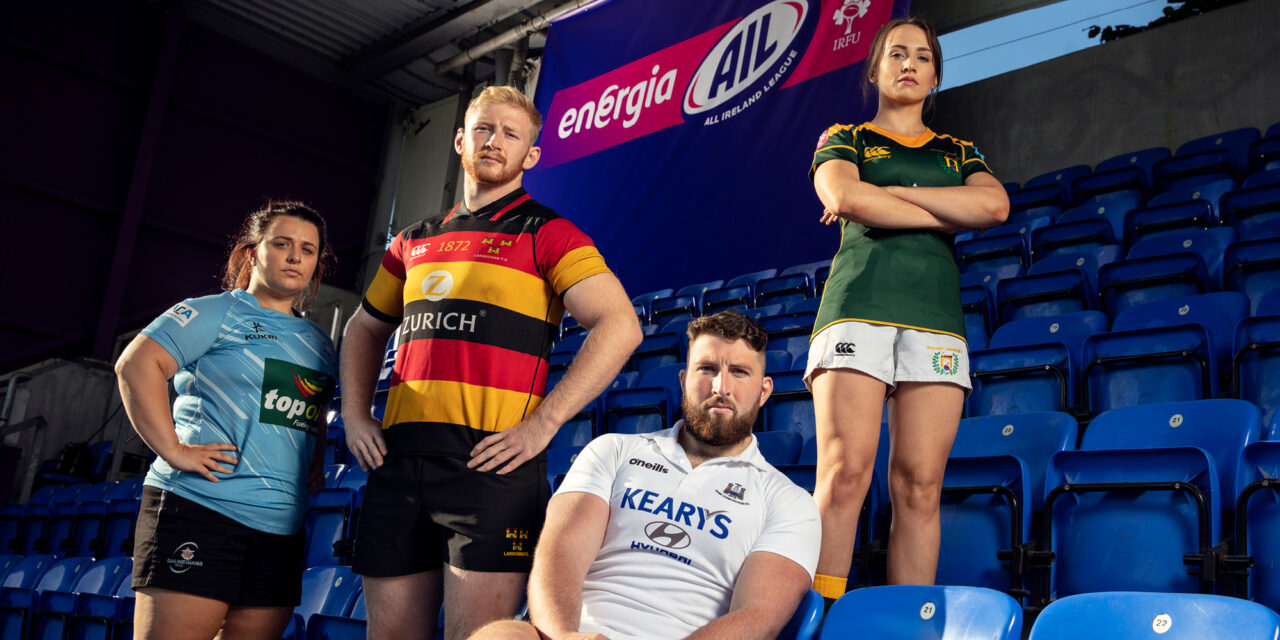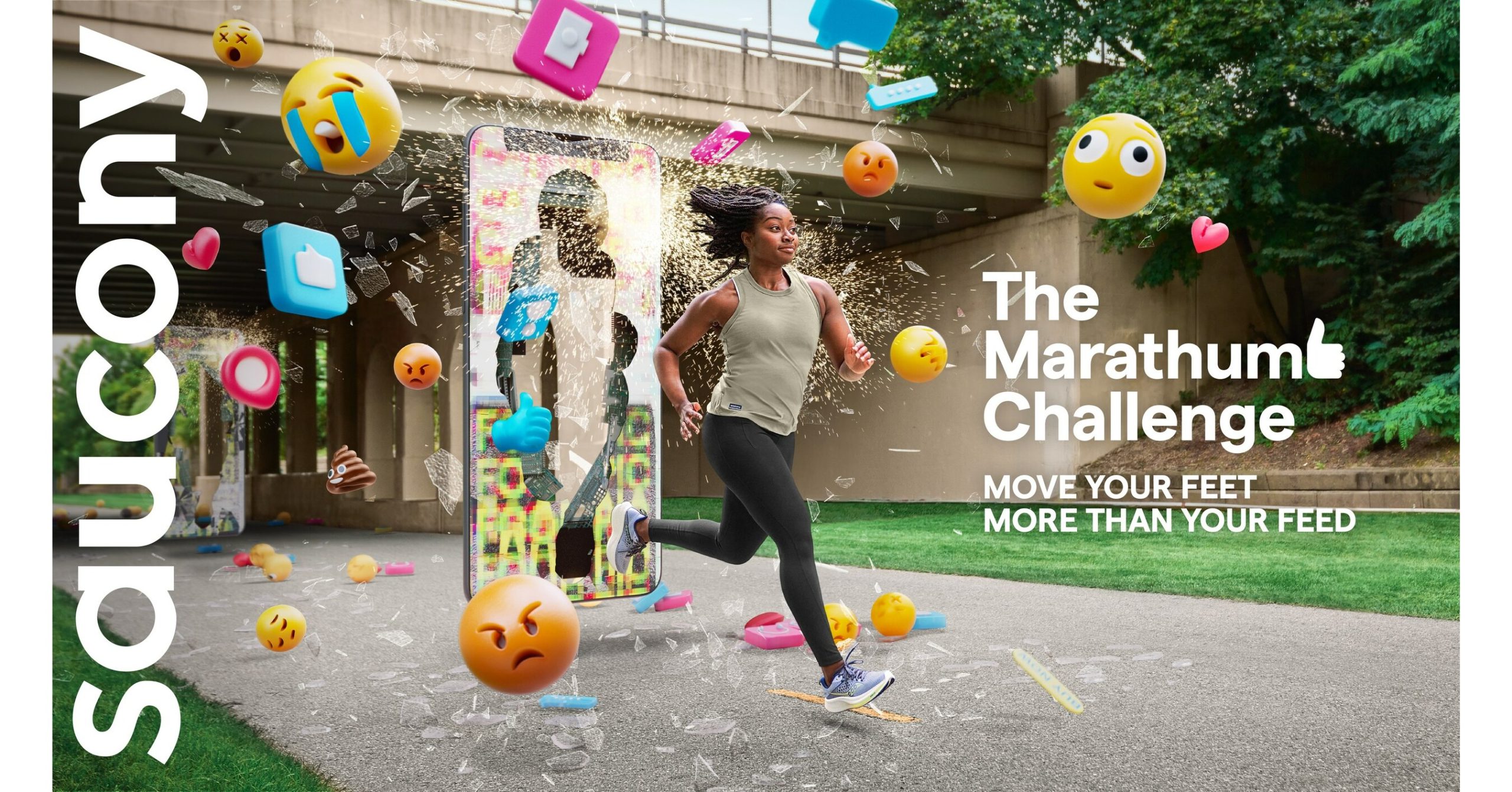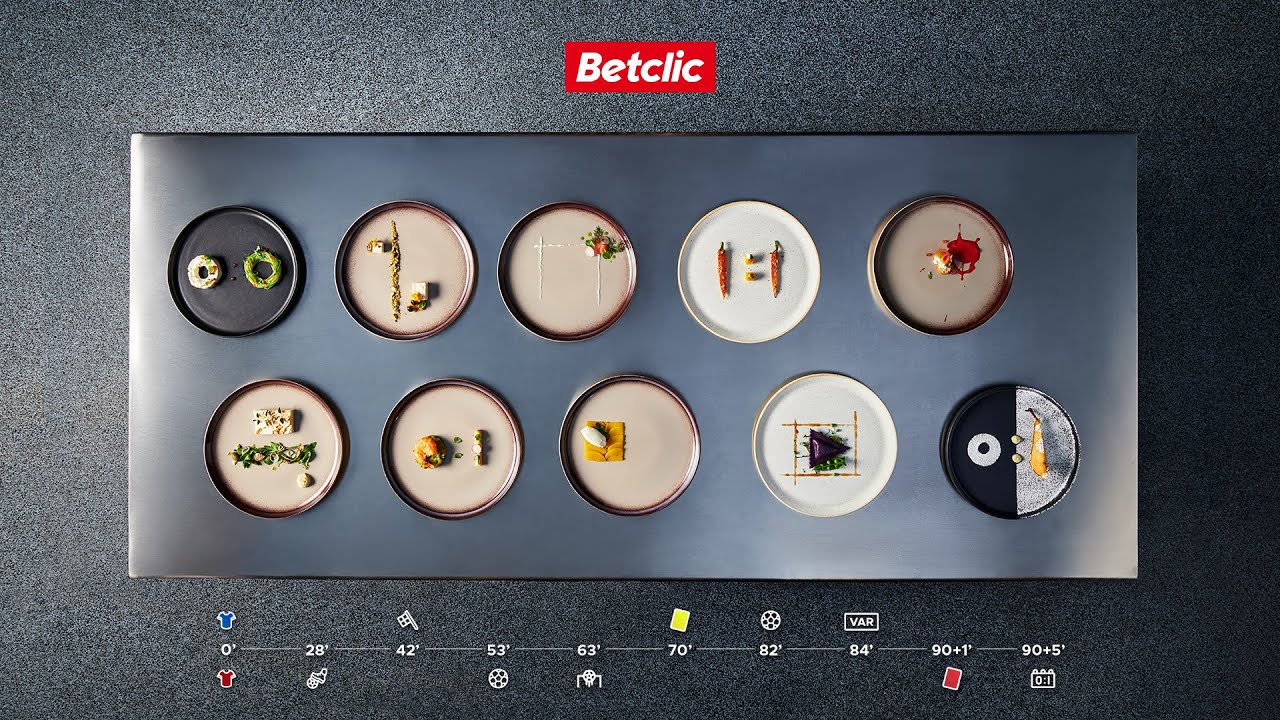At the beginning of October Major League Baseball (MLB) signed a deal with YouTube TV for the social video giant to become the first presenting sponsor of World Series and it spearheaded the in-series activation with an inventive, live in-game commercial, plus an unmissable in-stadium logo placement.
YouTube TV, Google brand’s new cable-free live-TV streaming service, penned a partnership that saw it become the main sponsor headlining the 2017 World Series and receive a varied rights package including national TV broadcast spots and on-air call-outs, plus branding across MLB’s digital properties and official social media accounts, as well as in-stadium promotion (including directly behind home plate), while YouTube TV airs the FOX broadcast of the World Series
And we're back! Watch the @astros face the @Dodgers in Game 3 LIVE on #YouTubeTV. #WorldSeries pic.twitter.com/hiT5NYTpdA
— YouTube TV (@YouTubeTV) October 27, 2017
and creates behind-the-scenes World Series video content with both MLB players and YouTube creators.
To help take fans behind the scenes of the Fall Classic, YouTube TV is generating original World Series content featuring unique access to ballparks and players, plus other game-relevant activation assets.
Always playing it SAFE — (°□°) —@MLB umpires are required to wear black underwear, in case they split their pants. #YouTubeTV #WorldSeries pic.twitter.com/wmercb5hFx
— YouTube TV (@YouTubeTV) October 28, 2017
Very superstitious. The @Dodgers credit a late-game charge in 2008 to the presence of garden gnomes in the clubhouse #YouTubeTV #WorldSeries pic.twitter.com/Wh2cOxf1so
— YouTube TV (@YouTubeTV) October 26, 2017
Plus, the MLB/YouTube tie-up also gives a few lucky fans the chance of a lifetime to experience the World Series in-person as a VIP with their own personal behind-the-scenes access.
There’s still time! Show us your best chant using #YouTubeTVxWorldSeries #Sweepstakes for a chance to win WS tix. https://t.co/E0QPWOPYQI pic.twitter.com/2LBozljitP
— YouTube TV (@YouTubeTV) October 21, 2017
One of the more inventive aspects of the activation was YouTube TV’s live World Series ad.
In Game One of the World Series YouTube promoted its new live pay-TV service with an elaborate two-minute commercial that even incorporated live footage.
It aired immediately ahead of the very first pitch and built from the live commentary in the broadcast booth (where Joe Buck and John Smoltz were seated to call the game) as it segued into a discussion about the extended pitch for YouTube TV.
As the commentator/analyst discussion went ahead, the camera zoomed out from the on-field footage to a real television set in someone’s living room which featured the same actual live footage from the stadium.
The remainder of the ad showcased Fox content that’s available on YouTube TV and the various subscription and payment options.
YouTube TV also aired two additional 30-second spots as well as 6-second ads during each game.
The title sponsor also ran in-stadium signage in prominent camera view behind home playe for the first two games in Los Angeles.
Pssst, you can https://t.co/Vzl3cKSNVh pic.twitter.com/3cjdrNtMk5
— YouTube TV (@YouTubeTV) November 1, 2017
Plus, the campaign includes an evolving series of World Series action and event led content pieces across YouTube TV’s social channels – such as its Twitter feed.
Ready to see what happens next in this crazy #WorldSeries.
Watch the @astros try to take down the @dodgers tonight LIVE with YouTube TV. pic.twitter.com/LpuhDDUwsy
— YouTube TV (@YouTubeTV) October 31, 2017
“When we were thinking about partnerships to showcase the power of YouTube TV, Major League Baseball and the World Series was the perfect fit. It’s a great next step in our long-term relationship with the league,” said Kelly Merryman, YouTube’s managing director of content partnerships in the Americas.
“We are proud to team with You Tube on its first major partnership to help raise national awareness for YouTube TV,” said Noah Garden, MLB’s executive vice president of business. “YouTube TV is an exciting new offering for fans providing them with increased flexibility to enjoy FOX’s broadcast of the Fall Classic on any device.”
“This is an exciting time for FOX Sports, Major League Baseball and the industry as a whole,” said Mark Evans, senior vice president of FOX Sports Sales. “YouTube TV provides a fresh, unique perspective that sparks new and creative ways for us and our partners to innovate.”
Comment:
Live ads, like Snickers’ Super Bowl spot and the award-winning as-live Big Game ‘Super Bowl Stain’ initiative from Tide’s, don’t just generate attention and PR but also aim to keep the attention of those viewers who ‘tune out’ during commercial breaks.
But some might feel that the 2017 World Series was when the sports advertising rubicon was well and truly crossed.
The line that has been crossed is the rule of thumb that keeps advertising separate from the game itself.
From the very first pitch of the World Series’ first game, the behind-home-plate pitch perimeter ad placement for YouTube positioned the brand’s iconic ‘play button’ right in the middle of the TV screen and the strike zone frame – it appeared to be hovering over the home plate umpire and the catcher’s head.
Clever visual placement or a distraction from the game?
This year’s Fall Classic also saw the first visual, in-game, split-screen advertisement in World Series history.
While native in-game advertising isn’t new in itself, this split-screen approach seemed to supercharge the tactic.
Does the sale of the title naming rights of the “World Series Presented by YouTube TV” and its linked in-story mandated advertising make you question the integrity of the property?
This year marks the first time that MLB has sold presenting sponsorships to its postseason series: Camping World signed up as the headline partner to the American League and National League Championship Series, while existing MLB sponsor T-Mobile extended its league tie-up to include the two National League Division Series matchups, while South Korea’s Doosan was the presenting sponsor of the AL Division Series.
But it is YouTube that snared the Fall Classic baseball season climax.
Of course, both YouTube and MLB are pioneers in online video and streaming video entertainment.
MLB’s own Advanced Media division has long been innovating in the digital sports space through a broad range of digital platforms and products (from MLB.TV and the MLB.com At Bat app) and has invested in engaging fans on YouTube for several years.
Plus, there are plenty of sensible synergies behind the strategy: not least the fact that MLB said its own engagement and content strategy across YouTube has generated over 1 billion views so far this year as the rights-holder aims to “reach fans wherever they are.”
We are impressed with the depth, breadth, bravery, risk and the innovative thinking behind the work: from the first ever brand to ‘present’ the World Series and appearing in the logo alongside the World Series mark, to six-second, 30-second and two-minute spots during the game and the controversial in-stadium ‘red play button’ ad placement behind home plate (which thus appeared in the middle of the telecast TV screen making many viewers feel as if they were watching a YouTube video).
Despite some backlash, “we had a significant lift in positive mentions,” said Courtin.
The sponsor also ran two-minute spots during Game 1 and Game 6: both occupying an entire commercial pod and segued out of and into the live broadcast as part of the spot.
This may have been a controversial campaign, but it was a groundbreaking activation that led to big signup increases and brand awareness lifts
Courtin describes it as a “huge success for the company”.
“We wanted to increase national awareness for YouTube TV. We saw double digit increases. We wanted to increase the connection with fans that YouTube TV has live sports and is the place to watch live sports. We also had double-digit lift on that. We wanted to get people excited and talking about YouTube TV in terms of word of mouth [in social mentions and search]. We saw that nearly double,” said Courtin.
More importantly, Courtin said that subscriber sign-ups “far exceeded our expectations” by “multiples”, but declined to provide specific numbers.
“It was pretty encompassing. If you watched the World Series, you may not have taken action, but you definitely walked away with brand awareness for YouTube TV,” said Angela Courtin, global head of YouTube TV & originals marketing.
“We’re a new service, in a new category. So we needed a level of national awareness in a short period of time to have that breakthrough moment that we all look for as marketers,” said Courtin. The company was looking for opportunities to connect the viewer perception of YouTube TV and live sports, as well as explain that the service was a new, cheaper alternative to cable.
The sponsor’s research showed that a live sporting event would be the best for that, and in the fourth quarter, the company saw the World Series as the opportunity to give YouTube TV “a coming out moment,” said Courtin (who was Fox Broadcasting’s CMO during last year’s World Series)
“Presented by” gave YouTube TV the chance “to have more visibility in both the visual and the verbal language around the World Series,” said Courtin.
Overall, Fox Sports itself also had a pretty successful World Series: bringing in around $635,000 for each 30-second ad for the seven-game series (according to Kantar Media).
That’s a 6% increase on last year’s historic Chicago Cubs and Cleveland Indians battle where spots averaged $600,000.
Game 7 drew an impressive 29.3 million viewers.
The YouTube TV service, which only launched in April and is available to around two-thirds of US households, offers subscriptions for $35 per month and includes around 50 networks (including FOX, as well as live local feeds from ABC, CBS and NBC, plus cable networks like ESPN, AMC and FX).
The Alphabet owned new arm aims to provide audiences with a new, more flexible way to enjoy their favorite live TV programming outside of a traditional cable subscription and comes complete with a limitless and mobile cloud-based DVR and the service can be watched on any screen.
The wider YouTube TV launch campaign includes other sports related strands – including promotional pieces fronted by NFL star Julio Jones.
Listen to @juliojones_11… Um, all of them.
Try YouTube TV free → https://t.co/7RqBXvZhw0 pic.twitter.com/CFck0FN4bx
— YouTube TV (@YouTubeTV) October 30, 2017
Links:
YouTube TV
https://tv.youtube.com/welcome/
https://twitter.com/YouTubeTV
MLB
mlb.tv

